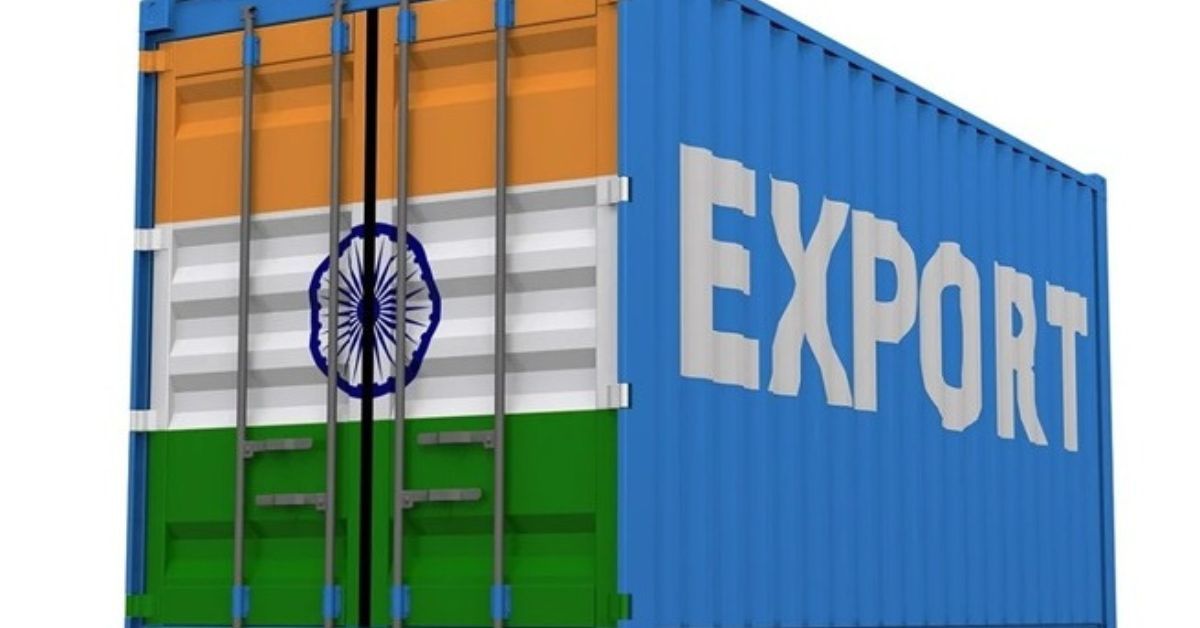India demonstrated robust trade momentum in the first quarter of FY26, according to the Department of Economic Affairs’ Monthly Economic Review. Total exports—covering both goods and services—rose by 5.9% year-on-year between April and June. Notably, core merchandise exports (excluding petroleum and gems & jewellery) saw an even stronger growth of 7.2% YoY, reflecting resilience in non-traditional export sectors.
The data underscores India’s strong external sector performance despite global economic headwinds. According to the report, “Amid shifting global trade patterns, India’s trade performance remains resilient in Q1 of FY26.” The country’s foreign exchange reserves continued to hold steady, providing import coverage beyond 11 months—a clear indicator of India’s macroeconomic stability and its buffer against external shocks.
The Indian rupee remained steady through June 2025, showing resilience amid volatile oil prices and brief geopolitical unrest in the Middle East. The economic review highlighted increased uncertainty in global trade flows due to persistent geopolitical tensions. Despite these challenges, global trade in goods and services rose by $300 billion during the first half of 2025, reflecting underlying stability. According to UNCTAD’s July 2025 analysis, trade slowed in the first quarter but regained momentum in the second. While developed economies spearheaded the recovery, trade performance in developing countries lagged behind earlier trends.
Trade-related uncertainty saw notable improvement, with the Trade Policy Uncertainty Index—peaking in April 2025—declining by nearly 35% by June. This signals growing steadiness in global trade policy frameworks. Nations are increasingly turning to bilateral dialogue to resolve trade disputes, fostering cooperative solutions amid geopolitical fragmentation. Meanwhile, efforts to fortify supply chains are gaining momentum, with countries offering domestic production incentives in critical sectors and diversifying sourcing geographies. These coordinated strategies aim to bolster resilience and promote sustainable trade in a globally divided economic environment.









